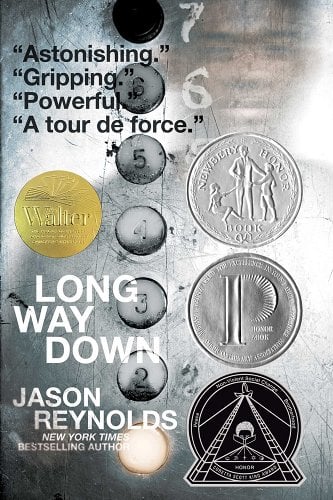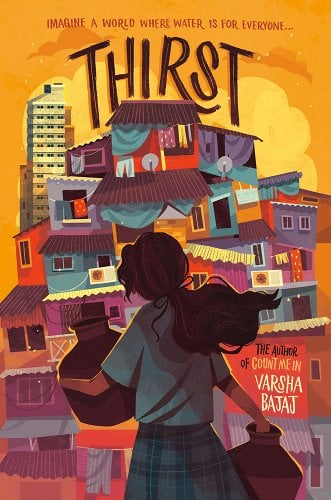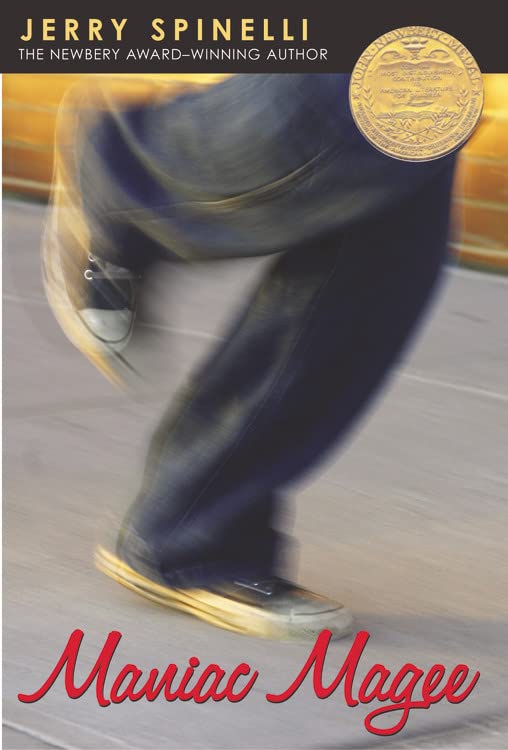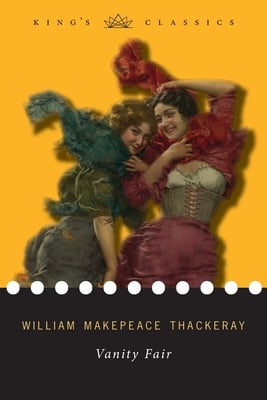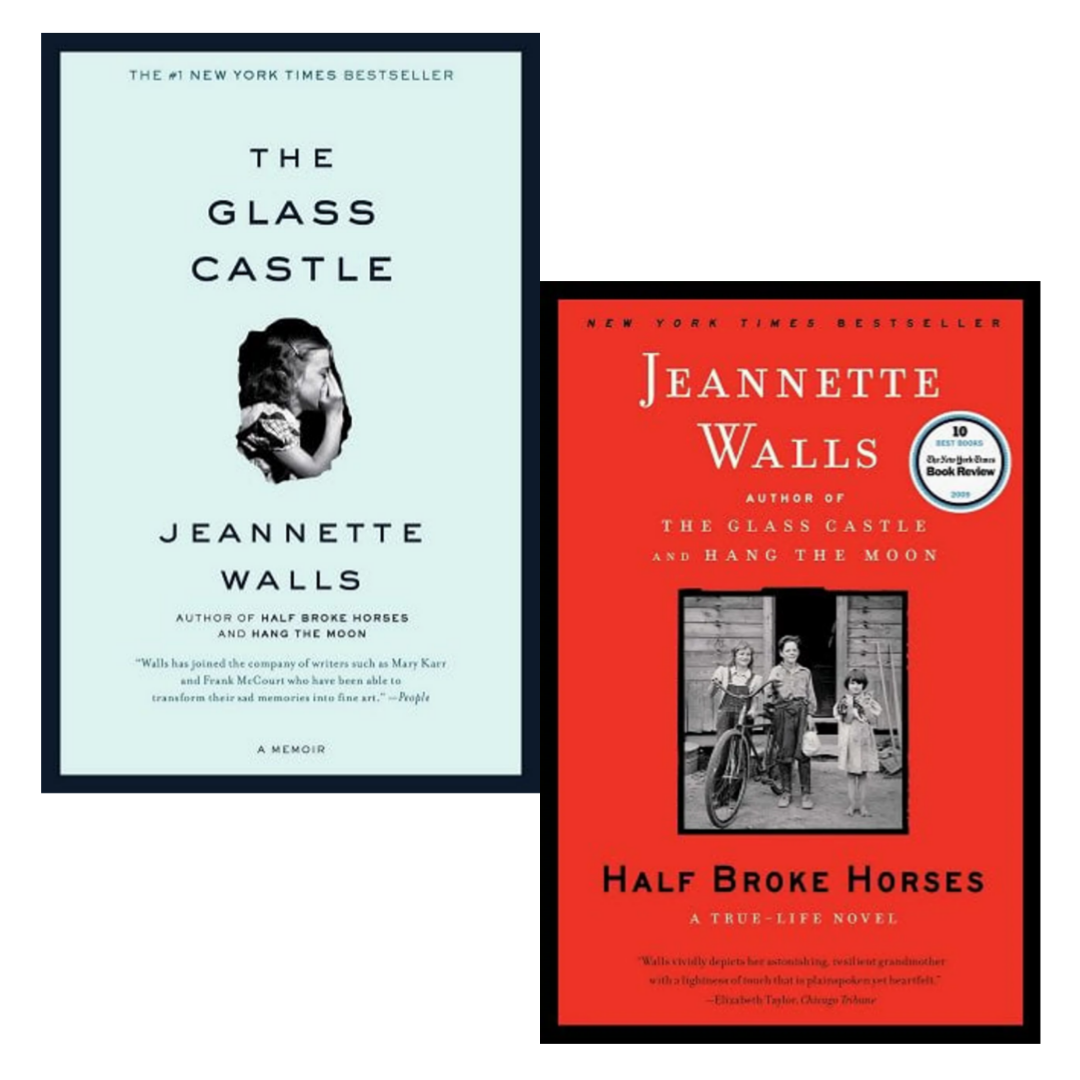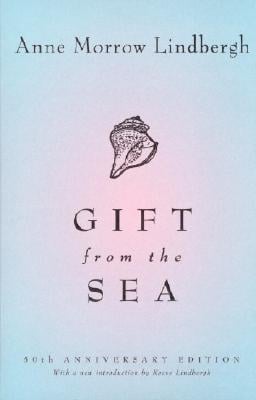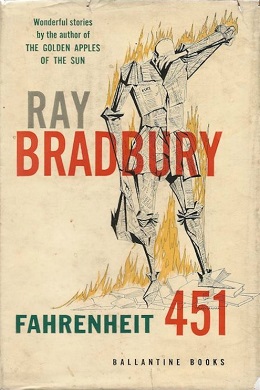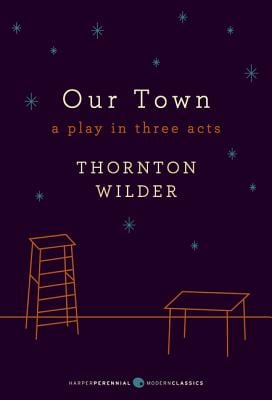With a long list of accolades, including the Newbery Honor, Coretta Scott King Award, and Printz Honor, young adult novel-in-verse Long Way Down by Jason Reynolds (Atheneum, 2017) provides me with a window into a different culture and life from my own as I watch this unique teenager wrestle with internal struggle after his older
